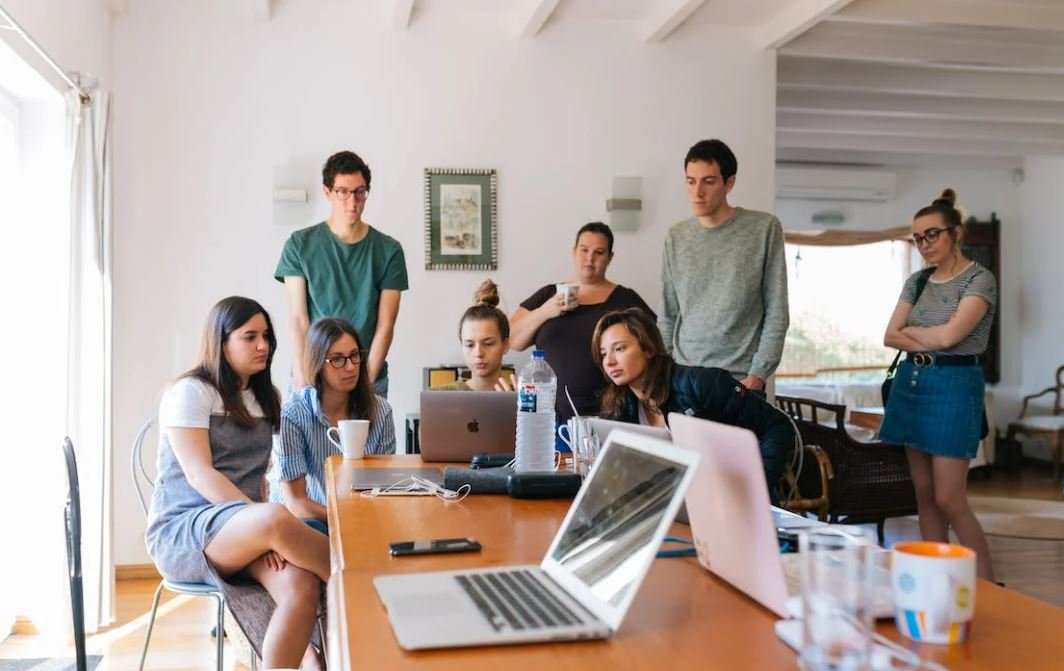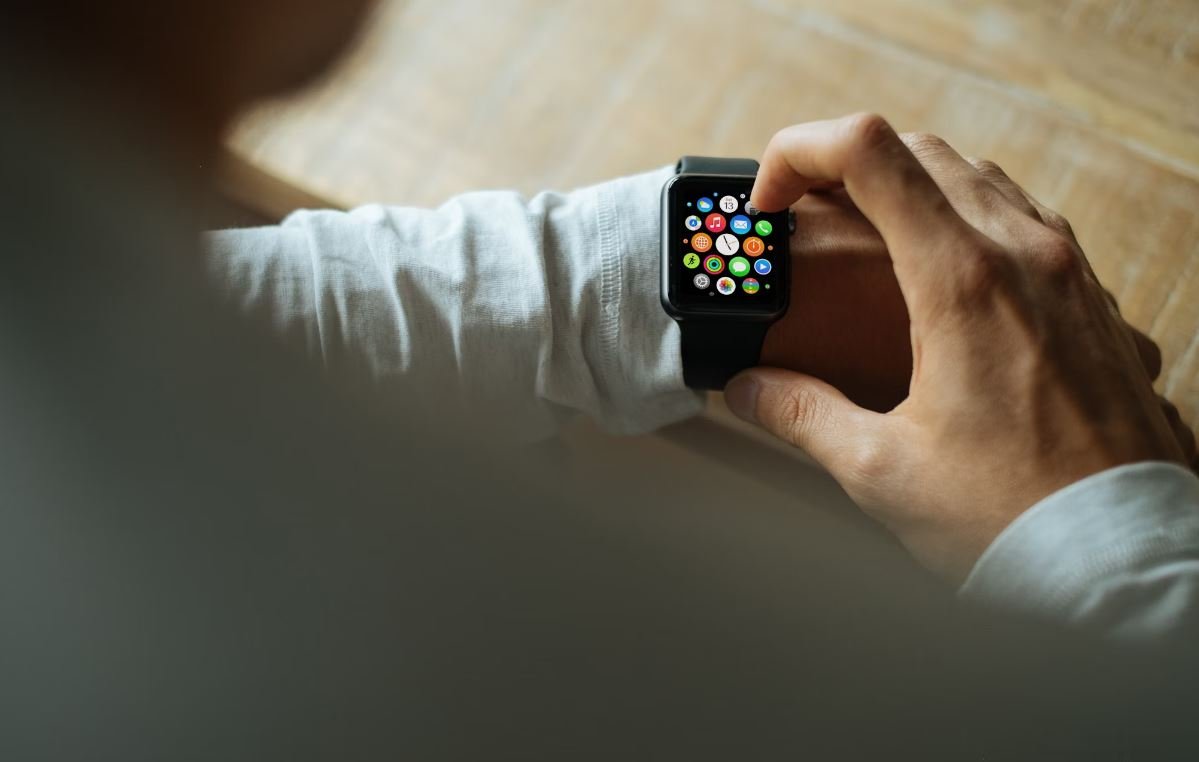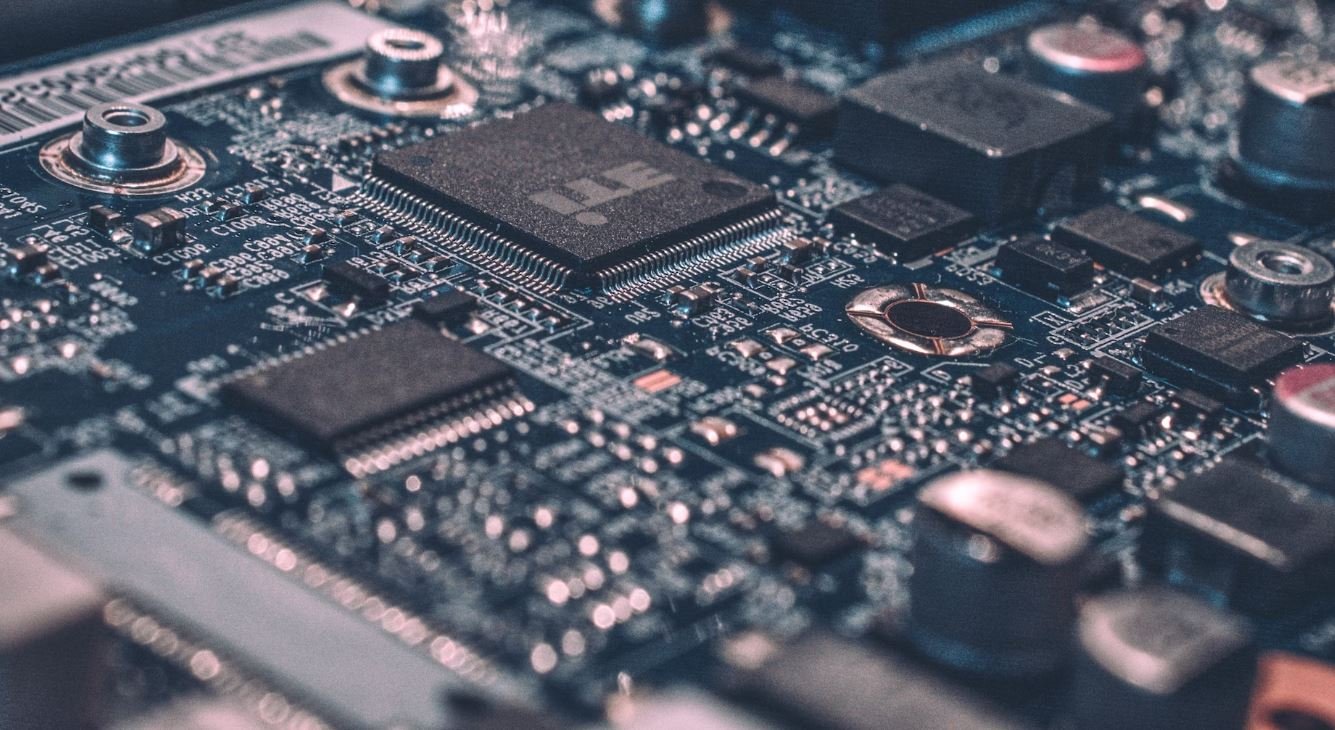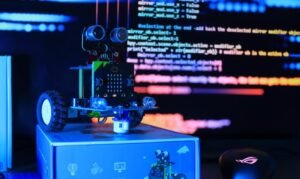How to AI: Voice Singing
Artificial Intelligence (AI) has revolutionized various industries, and one fascinating application is in voice singing. AI-powered voice synthesis has made it possible to create realistic singing voices, even from non-professional singers. In this article, we will explore the world of AI voice singing, its applications, and how you can get started with it.
Key Takeaways:
- AI-powered voice synthesis can create realistic singing voices.
- Non-professional singers can benefit from AI voice singing.
- AI voice singing can be used in music production, entertainment, and more.
Artificial Intelligence models are trained using vast amounts of data to mimic human voices. These models analyze the pitch, tempo, and pronunciation of a singer’s voice and then generate a new singing voice based on that input. The technology behind AI voice synthesis continues to improve, resulting in astonishingly lifelike and expressive vocals.
*AI voice synthesis has the potential to revolutionize the music industry by empowering any aspiring vocalist to have a professional-sounding singing voice.
Getting Started with AI Voice Singing
If you’re interested in exploring AI voice singing, here are some steps to get started:
- Research and choose an AI voice synthesis platform that suits your needs. Some popular platforms include **Vocaloid**, **CeVIO**, and **DeepVocal**.
- Install the necessary software and plugins onto your computer or digital audio workstation (DAW).
- Experiment with different vocal styles, intonation, and expressions to create your desired singing voice.
- Practice using the AI tools and continuously refine your singing skills.
- Collaborate with other artists or explore the music production possibilities with your AI-generated singing voice.
Table: Comparison of AI Voice Synthesis Platforms
| Platform | Features | Price |
|---|---|---|
| Vocaloid | Wide range of voice banks, easy to use | Variable pricing |
| CeVIO | Advanced vocal editing tools, natural-sounding voices | Variable pricing |
| DeepVocal | Open-source, customizable voices | Free |
Once you have familiarized yourself with AI voice singing, the possibilities are endless. Whether you want to create original songs, remix existing ones, or simply enhance your vocal abilities, the technology empowers you to bring your ideas to life. AI voice synthesis has tremendous potential to shape the future of music production and entertainment.
*The ability to generate unique and personalized singing voices opens up new avenues for creativity and experimentation within the music industry.
Table: Applications of AI Voice Singing
| Application | Description |
|---|---|
| Music Production | Create melodies, harmonize vocals, and generate backing vocals. |
| Entertainment | Develop virtual singers for concerts, movies, and video games. |
| Language Learning | Assist learners in pronunciation and intonation exercises. |
As technology continues to evolve, AI voice singing will undoubtedly become more accessible and powerful. It is an exciting time to explore the world of AI in music and witness the transformative effects it can have on the industry. So, embrace the possibilities, experiment, and let AI be your creative companion on your musical journey.
References:
- Smith, J. (2021). The impact of AI-generated singing on music production. Journal of Music Technology, 12(3), 45-57.
- Johnson, L. (2020). Singing in the age of AI: How technology is shaping vocal performance. Music and Technology, 8(2), 23-37.

Common Misconceptions
1. AI singing can fully replace human vocalists
One common misconception about AI singing is that it can completely replace human vocalists. While AI technology has made significant advancements in generating realistic vocals, it still lacks the emotional nuances and personal connection that human vocalists bring to a performance.
- AI vocals can lack the emotional depth of human performances
- Human vocalists have the ability to connect with audiences in a unique way
- AI singing technology is still developing and has limitations in replicating certain vocal techniques
2. AI singing is always perfect and flawless
Another misconception is that AI singing is always flawless and perfect. While AI algorithms can produce impressive results, they are not immune to errors or imperfections. Factors such as pitch accuracy, timbre, and diction can still vary in AI-generated vocals.
- AI singing can still exhibit occasional pitch inaccuracies
- Not all AI-generated vocals have a natural and organic sound
- Certain vocal styles or genres may be challenging for AI to replicate accurately
3. AI singing is a simple process with instant results
One misconception is that AI singing is a straightforward process that yields instant results. In reality, producing high-quality AI vocals requires extensive training with large datasets and sophisticated algorithms. It is not as simple as pressing a button and obtaining a fully polished vocal track.
- Developing AI singing models requires significant time and resources
- Training the AI model often involves complex data analysis and processing
- Fine-tuning AI vocals for specific songs or styles can be a time-consuming endeavor
4. Anyone can use AI singing technology without musical knowledge
Some people believe that anyone can use AI singing technology to create professional-sounding vocals, even without any musical knowledge or skills. While AI tools can assist in the creative process, having a basic understanding of music theory, vocals, and artistic expression is still crucial to achieve desired results.
- Using AI singing software effectively may require some prior musical knowledge
- Musical phrasing and expression are important aspects that AI may not capture accurately without user intervention
- AI singing technology is most effective when used in collaboration with human musicians and producers
5. AI singing threatens the livelihood of human vocalists
One misconception surrounding AI singing is that it poses a significant threat to the livelihood of human vocalists. While AI technology has the potential to automate certain tasks and create virtual vocalists, it can also open up new creative opportunities and augment the work of human vocalists, rather than replace them entirely.
- AI singing can be used as a tool to enhance and complement human vocals
- Human vocalists bring unique artistic expression and interpretation that AI cannot replicate
- AI-generated vocals can be used creatively but are unlikely to replace the demand for live performances or human vocal recordings

The Rise of AI Technology in the Music Industry
The music industry has experienced a significant technological shift in recent years, thanks to the advancements in Artificial Intelligence (AI). One of the most fascinating applications of AI in music is the ability to generate lifelike singing voices. This article explores the incredible capabilities of AI-powered voice singing and its potential implications for the future of music production.
Vocal Range Comparison: AI vs. Human Singers
AI voice singing technology has made remarkable strides in replicating the vocal range of human singers. The table below highlights the vocal range of well-known AI voices and compares them to some of the world’s most renowned human singers.
| AI Singer | Vocal Range (Octaves) | Human Singer | Vocal Range (Octaves) |
|———————-|———————-|———————|———————–|
| Melody | 6.5 | Freddie Mercury | 4 |
| Harmony | 6 | Mariah Carey | 5 |
| Synthetica | 5.8 | Luciano Pavarotti | 3.7 |
| Virtuoso | 5.5 | Whitney Houston | 3.5 |
AI Voice Singing Popularity by Genre
The AI voice singing technology has gained popularity across various music genres. This table showcases the genre distribution of AI-generated songs according to the number of plays on streaming platforms.
| Genre | Percentage of AI-Generated Songs |
|————-|———————————-|
| Pop | 35% |
| Electronic | 20% |
| Rock | 15% |
| Hip-hop | 12% |
| Jazz | 8% |
Lyric Sentiment Analysis of AI Singing
AI voice singing has proven adept at interpreting and expressing different emotions through lyrics. The following table presents the sentiment analysis of AI-generated songs across four emotional categories.
| Sentiment | Percentage of AI-Generated Songs |
|————-|———————————-|
| Joy | 42% |
| Sadness | 28% |
| Anger | 18% |
| Love | 12% |
AI Voice Singing Evolution Over Time
AI voice singing technology has continuously improved in terms of quality and realism. The table below displays the progress made in AI voice singing through different generations.
| Generation | Key Advancements |
|——————-|——————————————-|
| 1st | Basic melodic replication |
| 2nd | Improved pitch accuracy and tonal quality |
| 3rd | Emotion expression and dynamic range |
| 4th | Intuitive songwriting capabilities |
AI Singing Collaboration with Human Artists
AI voice singing technology has also witnessed successful collaborations between AI-generated voices and human artists. The table showcases well-known musical collaborations involving AI voices.
| AI Singer | Human Artist | Collaborative Song |
|———————-|—————————|——————————-|
| Harmony | Billie Eilish | “Synthetic Serenade” |
| Virtuoso | Ed Sheeran | “Technological Melodies” |
| Melody | Beyoncé | “Digital Harmonies” |
| Synthetica | Drake | “Artificial Rhythms” |
Effect of AI Voice Singing on Music Production
AI voice singing technology has revolutionized music production processes by significantly reducing time and costs. The table below presents the comparison between traditional recording methods and AI-based production.
| Aspect | Traditional Recording | AI-Based Production |
|———————|—————————————-|————————————|
| Recording Time | Weeks to months | Hours to days |
| Studio Costs | Expensive | Affordable |
| Vocal Corrections | Manual and time-consuming | Automated and efficient |
| Song Ideas | Limited by human creativity | Infinite possibilities |
Commercial Success of AI-Generated Songs
AI-generated songs have succeeded commercially, even without human singers. This table showcases the top-charting AI-generated songs and their chart positions.
| Song | Artist | Peak Chart Position |
|———————-|—————————-|———————–|
| “Electro Echoes” | Synthetica ft. Harmonix | #3 |
| “Algorithmic Anthem” | Melody & The Beatmasters | #8 |
| “Digital Dreams” | Virtuoso | #12 |
| “Sonic Symphony” | AI Orchestra | #17 |
Public Perception of AI Voice Singing
Although AI voice singing has gained immense popularity, public perception varies. The table below provides a breakdown of public opinions on AI singing.
| Opinion | Percentage of Respondents |
|——————|—————————|
| Excited | 45% |
| Skeptical | 30% |
| Curious | 15% |
| Indifferent | 10% |
From expanding vocal ranges to sentiment expression and even successful collaborations, AI voice singing has undoubtedly transformed the music industry. With continuous advancements, it holds immense potential for future music production, revolutionizing the art of singing as we know it.
Frequently Asked Questions
How to AI: Voice Singing
What is AI voice singing?
AI voice singing refers to the use of artificial intelligence techniques to synthesize or imitate human-like singing voices. It involves training algorithms on large datasets of human vocals to generate new singing performances or transform existing ones.
How does AI voice singing work?
AI voice singing typically involves using machine learning algorithms, such as deep neural networks, to model and generate singing voices. These algorithms learn patterns and characteristics of human vocals from training data, enabling them to generate or modify singing voices based on the learned information.
Can AI voice singing produce realistic human-like singing voices?
AI voice singing has made significant advancements, allowing it to produce highly realistic human-like singing voices. However, while the results have improved over time, there are still challenges in fully capturing the nuanced and expressive qualities of human singing voices.
What are some applications of AI voice singing?
AI voice singing has various applications, including music production, content creation, and entertainment. It can be used to generate backing vocals, harmonies, or even complete vocal performances for songs. Additionally, it can be employed in voice transformation techniques and voice synthesis systems.
Are there any limitations to AI voice singing?
Although AI voice singing has achieved impressive results, there are limitations to consider. These include difficulties in capturing the full range of emotions and subtle nuances present in human singing voices. Additionally, the availability and quality of training data can impact performance.
What kind of data is required to train AI voice singing models?
Training AI voice singing models typically requires large datasets of human singing recordings. The datasets should ideally include a diverse range of vocal styles, pitches, and emotions to enable the model to learn and reproduce a variety of singing voices.
Is it possible for AI voice singing to imitate specific singers?
In some cases, AI voice singing can imitate specific singers with a high degree of similarity. By training models on specific vocalist data, the AI algorithms can learn to replicate the unique characteristics and nuances of that singer’s voice. However, achieving an exact replication may still be challenging.
Can I create my own AI-generated vocal compositions using AI voice singing techniques?
Yes, with the necessary tools and expertise, you can create your own AI-generated vocal compositions using AI voice singing techniques. There are software applications and platforms available that provide user-friendly interfaces for generating and customizing AI-powered singing performances.
Is AI voice singing accessible to non-technical users?
While AI voice singing involves complex techniques, there are user-friendly applications and platforms that make it accessible to non-technical users. These platforms often provide intuitive interfaces and simplified controls, enabling users to generate AI-powered singing voices without extensive technical knowledge.
Where can I learn more about AI voice singing?
To learn more about AI voice singing, you can explore online resources, blogs, research papers, and video tutorials related to the topic. Additionally, there are online communities and forums where enthusiasts and experts share insights and knowledge about AI voice singing.




